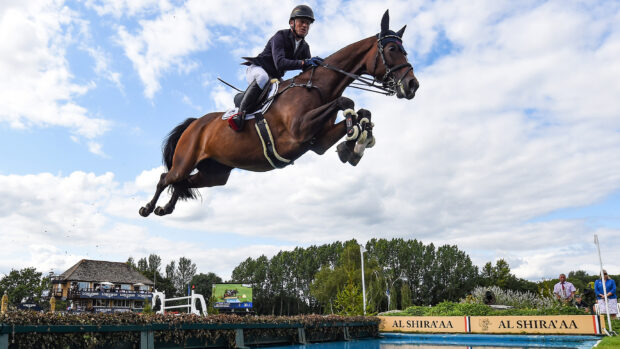So your mare is covered and confirmed in foal. She will need additional vitamins, minerals and an appropriate diet from three months prior to conception and until the foal is weaned, then cared for as normal thereafter. It is vital that the mare iskept worm free throughout her pregnancy.
A large stable with adequate heating must be provided for “foaling down” in mid-January/February. The stable should be draught free and have good lighting. With the exception of an hour or so on a nice day, the foal will not be going outdoors for a long time and therefore the stable must have plenty of room to run around and be safe.
The foal must be handled from the moment it is born and encouraged to eat hard food as soon as it is able to do so. Rather expensively but highly advantageous are the milk pellets currently available on the market, but they must be fed in accordance with body weight or they can induce scouring.
My advice is to keep this precious foal rugged and hooded from the moment it is born, rensuring it is kept warm and dry at all times. Many professionals feed artificially grown grass to encourage a healthy sheen on the spring coat of mum and baby alike, but this is an expensive option. Grown in a “grass machine”, the grass is fed in moderation to the mare and foal, encouraging a “spring fever” feeling in the animals.
Feeding should be little and often and handling is an ideal time to encourage this. The quicker your foal learns to accept hard feed, the more it will grow onbut care should be taken in what and when you feed.
Some professionals leave false sunlamps on in the stables with the belief that it is daylight hours that promote the summer coat to come through, rather than the number of rugs. This is not a bad idea if carefully done as it can also provide warmth.
The foal that is born and bred in this way will be well handled, will grow on and have a head start over its competitors. A mountain and moorland foal bred in this way will normally be at least four months older than its competition and will have a definite edge in the ring.
It may not be rocket science but considerable time, attention and money are required from conception to the first show.


